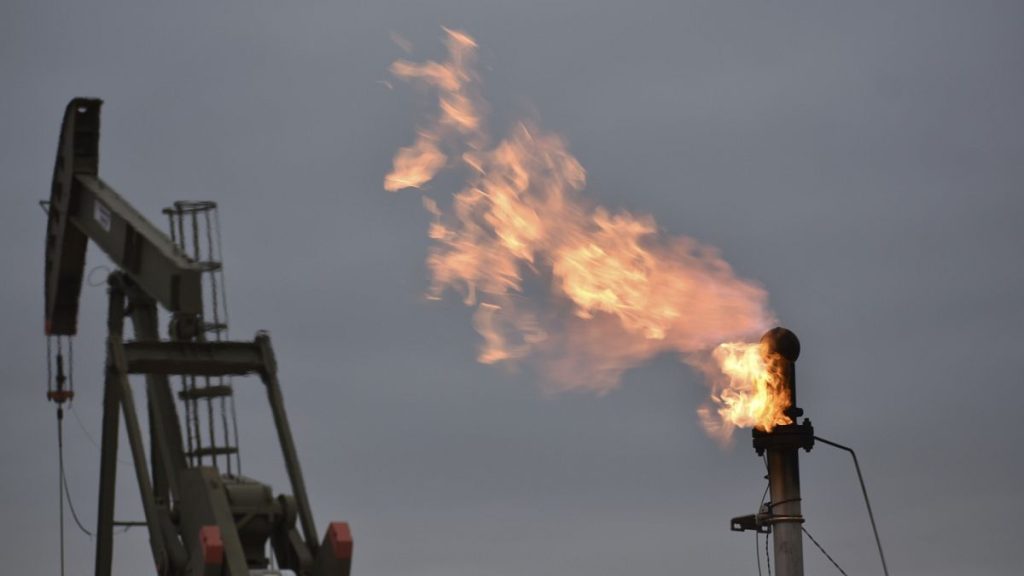Paragraph 1: The Surge in Natural Gas Prices
Natural gas prices have witnessed a significant surge, reaching a near two-year high. This price escalation is primarily driven by a confluence of factors, including anticipated cold weather conditions in the northern hemisphere, geopolitical uncertainties, and supply constraints. Benchmark natural gas futures climbed to $3.66 per million British thermal units (MMBtu) in the Asian session, marking the highest level since January 2023 and a 40% year-to-date increase.
Paragraph 2: Demand and Supply Dynamics
The surge in natural gas prices reflects concerns among traders about increasing demand, particularly with the prospect of a colder-than-average winter in the northern hemisphere. Regions including Europe, China, and Japan are expected to experience lower temperatures, leading to higher heating demand. Analysis from EBW Analytics Group highlights that weather forecasts predicting mid-January cold significantly contributed to the price increase. On the supply side, escalating geopolitical tensions between Russia and the West raise the possibility of further sanctions on Russian gas supplies, further tightening the market. Data from the US Energy Information Administration (EIA) reveals a decrease in working natural gas inventory, adding to supply concerns.
Paragraph 3: Shifting Geopolitics and Supply Sources
The landscape of natural gas supply has shifted dramatically since Russia’s aggression against Ukraine in 2022. The United States and Norway have emerged as the primary suppliers of natural gas to Europe, filling the void left by disrupted Russian flows. Following the initial price spike to over $10 MMBtu in August 2022, prices dropped to a four-year low of $1.53 MMBtu in late February 2023 due to increased US production. However, efforts by major US producers to stabilize prices, including production cuts, have contributed to the recent price rebound.
Paragraph 4: Production Disruptions and Price Volatility
Production disruptions, such as those caused by Hurricane Rafael in the Gulf of Mexico, further exacerbated the upward pressure on natural gas prices. The market has experienced substantial volatility, with prices rebounding from $1.88 MMBtu in late August to the current $3.6 MMBtu, a remarkable 190% increase in just four months. Looking ahead, short-term price volatility is expected to persist, influenced by factors such as US energy policy and its potential impact on fossil fuel supply.
Paragraph 5: The Long-Term Demand Outlook
The long-term demand outlook for natural gas remains bullish, driven by several factors. The rapid growth of the artificial intelligence (AI) sector and the associated need for massive data centers are projected to significantly increase energy demand. Natural gas is anticipated to play a crucial role in meeting this demand, serving as a reliable baseload power source. S&P Global Commodity Insights projects a one-third increase in global power demand over the next ten years, with natural gas contributing significantly to meeting this growth.
Paragraph 6: Natural Gas in the Energy Mix
Despite the increasing focus on renewable energy, natural gas is expected to remain a critical component of the energy mix. While tech companies face growing pressure to reduce their carbon footprint, the sheer scale of energy required for AI infrastructure necessitates a reliance on reliable and readily available sources like natural gas. Analysts at Wells Fargo forecast a 20% increase in electricity demand by 2030, driven primarily by AI infrastructure. Goldman Sachs predicts that natural gas will account for approximately 60% of the power needed for AI operations, complementing the contribution from renewable sources. This reliance on natural gas underscores its continued importance in the global energy landscape, even as the transition to cleaner energy sources progresses.














